04/03/2017
So what makes a coffee baron, Francesco Illy – heir to the Trieste coffee empire – want to set up in Montalcino, a region not known for welcoming new winemakers with open arms? The Buyer sits down with Illy and gets the full story as well as taste his extraordinary wines.
Tasting the full range of Podere Le Ripi wines including a vertical of Lupe e Sirene Brunello Reservas, and the top Bonsai wine that Francesco Illy claims comes from the world’s smallest vines.
Montalcino is one of those places where, I’ll just come out with it, they don’t really take kindly to outsiders.
Though there are now over 200 producers within the Consorzio that oversees and regulates production in one of Italy’s most famous wine producing DOCG regions (against just 50 in the early 1980s) production is dominated by the big boys: typically 40% of the DOCG’s annual output comes from just six producers.
New arrivals are made scarce by the high price of land and tough barriers to entry, and the fact many wineries can point to an historic lineage dating back their links to the region for at least a few generations.
Which made the decision by Francesco Illy, heir to the famous Trieste coffee dynasty, to start a winery from scratch so unusual.
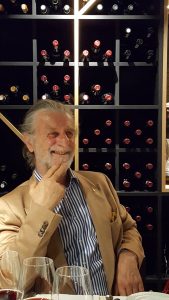
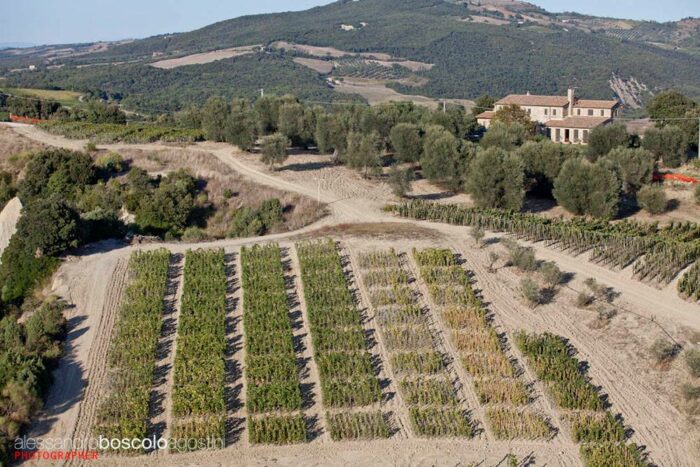
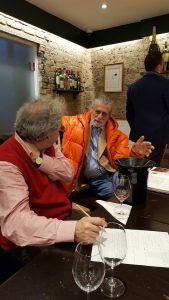
His critics have suggested he was driven by vanity and deep pockets. He says he was encouraged by a love of the Sangiovese grape and of Brunello di Montalcino in particular, and, it must be said, a desire to make his mark in a field in which he freely admits he had no knowledge.
“Although I had been looking for ten years before I found the Podere Le Ripi | Winery in Montalcino site in 1997 (he planted the vines three years later) I was pretty ignorant. Although I loved wine, my background, of course, is coffee. I must be honest: I’ve had a lot of luck,” he says, sitting in front of range of his wines including a vertical of his Brunellos from 2009-2012.
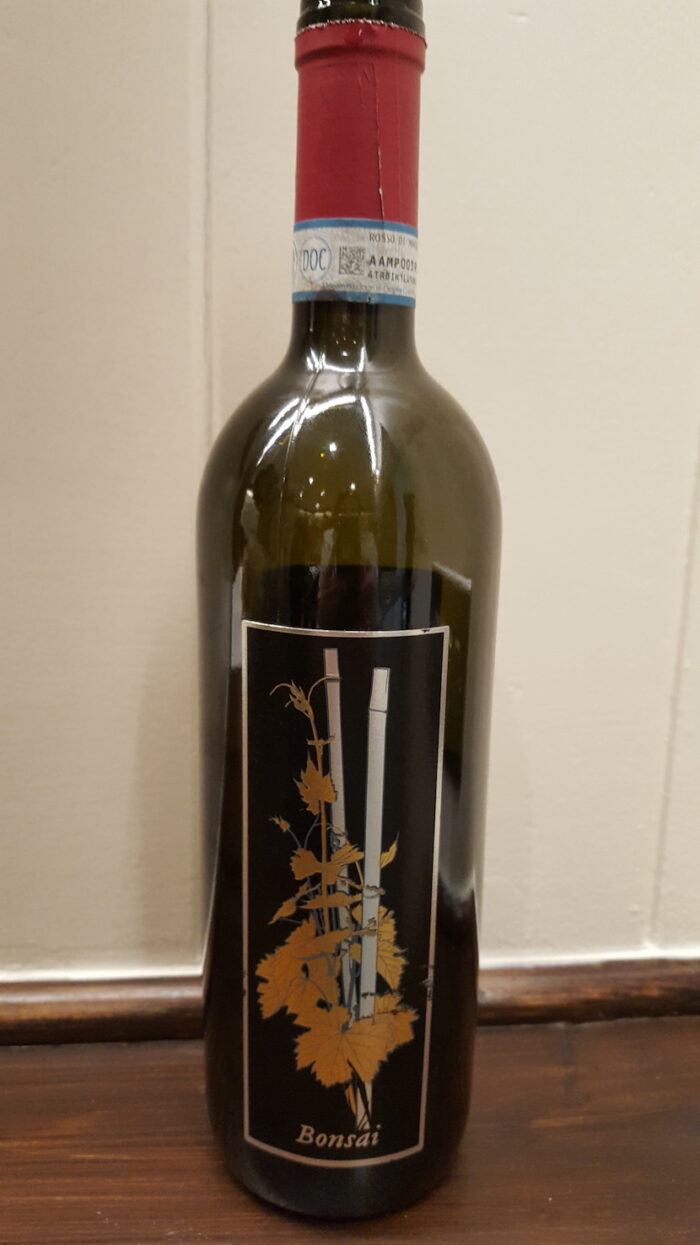
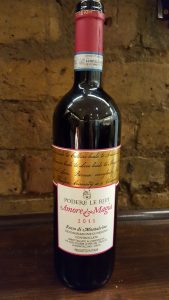
The first and most important piece of luck was finding such a wonderful site – no easy thing in Montalcino where virtually every square metre of land with wine-growing potential has long been snapped up by local producers.
Podere Le Ripi is a sloping 55 hectare site formerly owned by a shepherd, of which just 12.5% has since been converted to vines, the rest is forest and olive trees, but with wonderful clay and sandstone soil that is perfect for wine-making.
Production increased steadily from 2000 bottles in 2003, the first vintage of Lupi e Sirene, to around 30,000 today, with yields just 50% of the permitted maximum for the Rosso and Brunello wines. The winery converted to fully bio-dynamic methods in 2010.
Three or four wines are produced most years: an IGT Syrah (£22), an IGT Rosso (£22) a Rosso di Montalcino (£30) a Brunello (usually made as a Riserva which requires six months in bottle six years after harvest, priced at £72 a bottle) and a very expensive oddity, what is almost certainly the DOCG’s most expensive Rosso di Montalcino (retailing for £140), Bonsai.
Production increased steadily from 2000 bottles in 2003, the first vintage of Lupi e Sirene, to around 30,000 today, with yields just 50% of the permitted maximum for the Rosso and Brunello wines. The winery converted to fully bio-dynamic methods in 2010.
Three or four wines are produced most years: an IGT Syrah (£22), an IGT Rosso (£22) a Rosso di Montalcino (£30) a Brunello (usually made as a Riserva which requires six months in bottle six years after harvest, priced at £72 a bottle) and a very expensive oddity, what is almost certainly the DOCG’s most expensive Rosso di Montalcino (retailing for £140), Bonsai.
Bonsai is the fruit, so to speak, of one of Francesco’s more controversial moves.
Determined to get the most out of his site and his vines, he opted for vine density in the hope that the vines would take deep root.
Initially he planted 11,000 vines per hectare, more than double the 5000 usually considered optimal by winemakers, and in the experimental vineyard where Bonsai is made, he planted 62,500 vines per hectare, which means this wine is made “from the smallest vines in the world,” just 40 cms apart.
Little wonder that in a typical vintage (the 2010 is currently on release) just 600 bottles of this remarkable and highly concentrated wine gets made.
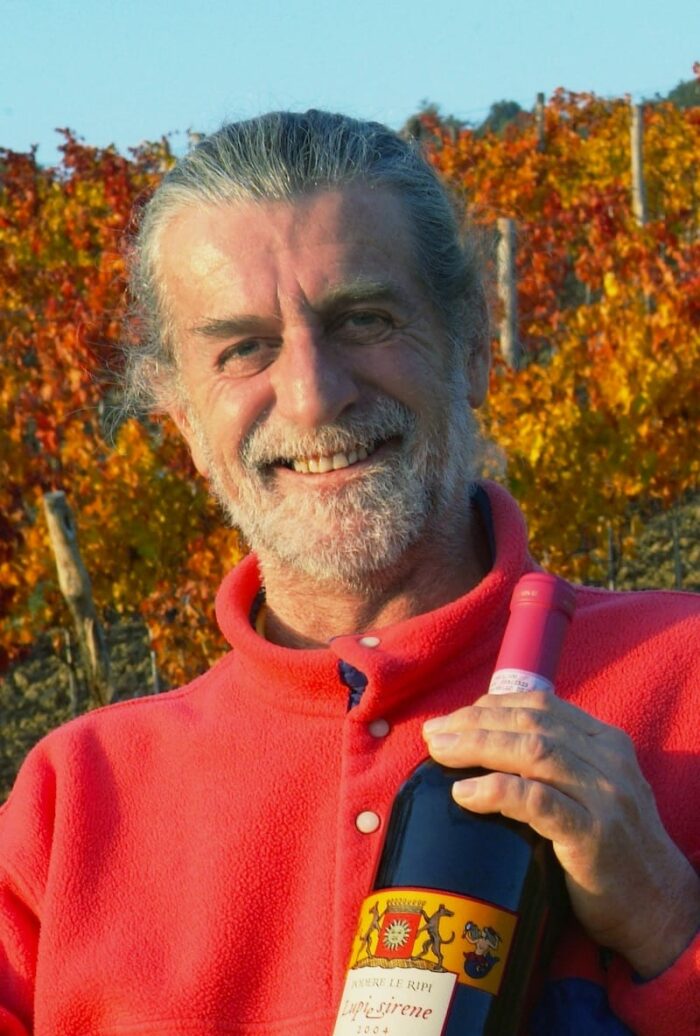
So how were the wines?
All the Lupe e Sirene Brunello Riservas were tasting great.
These are big wines that obviously get a lot of sun (reflecting Podere le Ripi’s location, to the south-east of Montalcino) and are powerful and fruit forward, with lots of dark berry fruit on the palate but good smooth tannins too.
Tasting a vertical from 2009 to 2012, the 2010 (a great year for Brunello) was perhaps the winner for sheer balance but also power, although the 2011 is more fruit forward, giving up front satisfaction already: these are clearly all young wines with a long, evolutionary life ahead of them. All have remarkable concentration.
But the two best wines for me were two of the most unheralded.
The just-released Lupe e Sirene Brunello 2012 wasn’t made into a Riserva because the vintage wasn’t deemed good enough but it seems that might have been a mistake. This wine is tasting remarkably well already, with lots of layered complexity that had me returning to it on more than one occasion.
A relative bargain at £55 reflecting its non-Riserva status.
The real surprise though was the 2009 Amore e Follia (Love and Madness) Syrah IGT Toscana, a really well made, fruit forward and bold Syrah that Francesco says ages like a Brunello. A fraction of the price though, and great value at just £22.
They may be relative newcomers in one of Italy’s most conservative and protected wine regions, but Francesco and Podere le Ripi clearly have a great future ahead of them, with their Brunellos but also – and especially so – with their IGT wines.
Well worth tracking down.
All the wines are available from Jeroboams.
Write by: Justin Keay – Source: The Buyer
Book your visit
Fill the form and we will contact you soon!